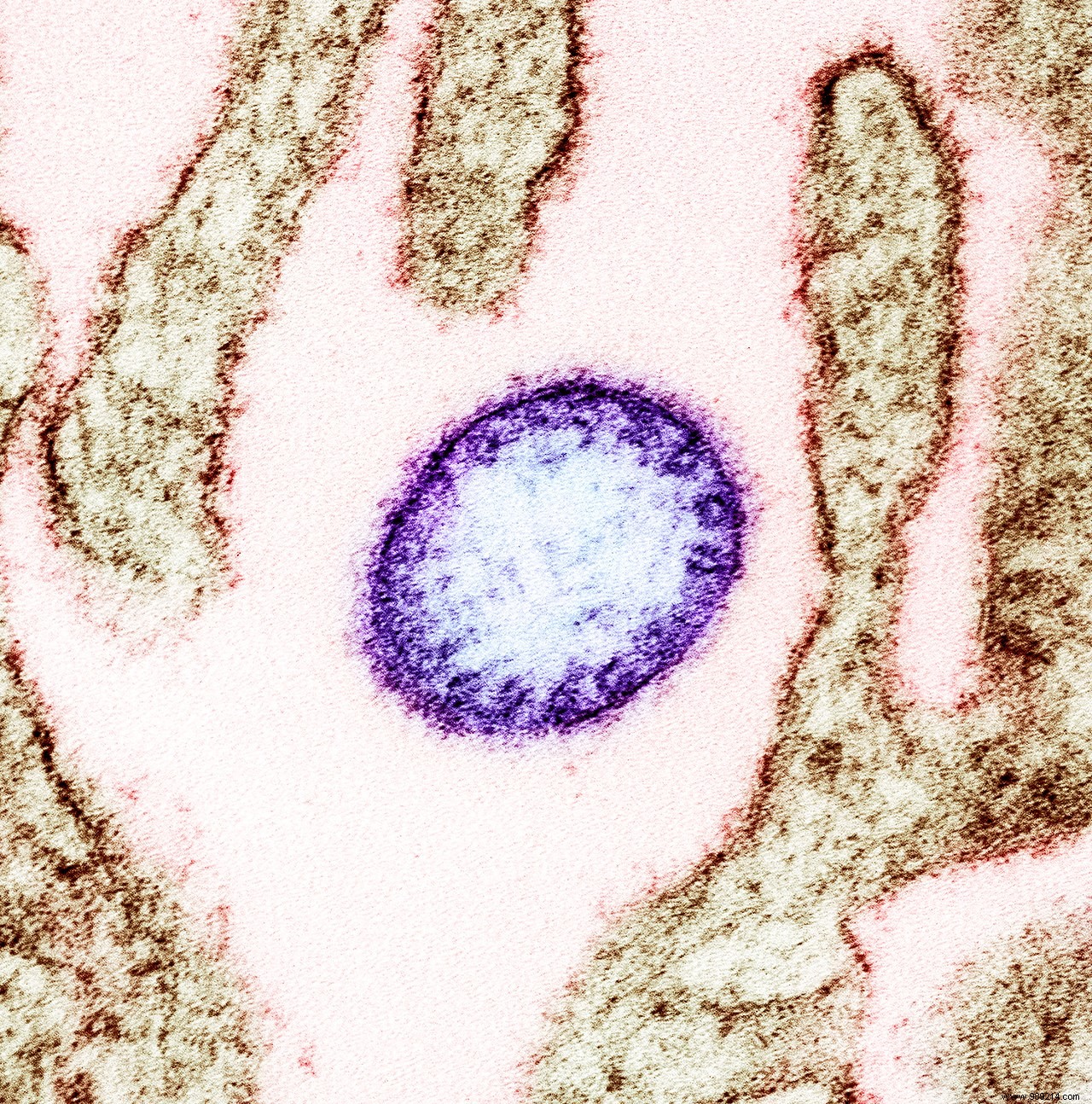Off the coast of Germany is an island nicknamed "Plague Island" which is home to the Friedrich Loeffler Institute. Inside this ultra-protected structure, researchers work on some of humanity's most formidable viruses:Ebola, Nipah, Yersinia pestis or the RVF virus, to name but a few.
The Friedrich Loeffler Institute is the Federal Institute for Animal Health in Germany. It is one of only 59 Biosafety Level 4 (BSL-4) laboratories in the world licensed to conduct experiments on some of the most dangerous pathogens on the planet.
Basically, this type of laboratory was developed following an incident that occurred in West Germany in 1967. At the time, researchers had been contaminated by the Marburg virus in a factory producing vaccines from kidney cells taken from African green monkeys. Of the 31 infected, seven had lost their lives.
The 'Plague Island' facility is unique in that it isone of the few BSL-4 labs that can conduct animal studies on a large scale . Within these walls, several species are voluntarily infected to better understand how diseases are declared and spread, the goal being to be able to find a way to neutralize them. Only two other facilities in the world are licensed to conduct this type of animal research. One is in Winnipeg, Canada, and the other is in Geelong, Australia.
This laboratory complex is also one of the oldest virology research facilities of its kind. Initially, the institute was founded by Friedrich Loeffler in 1910 to study foot-and-mouth disease. It is a highly contagious disease caused by a virus from the Picornaviridae family. which affects domestic and wild animals of the Artiodactyla family.
Over time, the structure has expanded to study other deadly diseases affecting both non-human animals and humans . Among them are well-known diseases, such as African swine fever, Ebola, Nipah, Rift Valley fever, bovine spongiform encephalopathy, bluetongue, plague and SARS-CoV-2. Researchers are also studying other lesser-known infectious diseases unique to fish, molluscs, crustaceans, and bees.

Naturally, with such organisms on board, security is tight. The whole island is prohibited to the public and accessible only by a bridge. Inside high-risk areas, any researcher entering and exiting must take a disinfectant shower. Once inside the high security buildings, all must wear a HAZMAT full body suit supplied with filtered air through a hose.
The buildings are also totally isolated from the outside world, equipped with numerous airlocks and kept under negative pressure to ensure that air flows in and not out. Finally, any air or water that leaves these buildings must undergo a long process of filtration and sterilization.